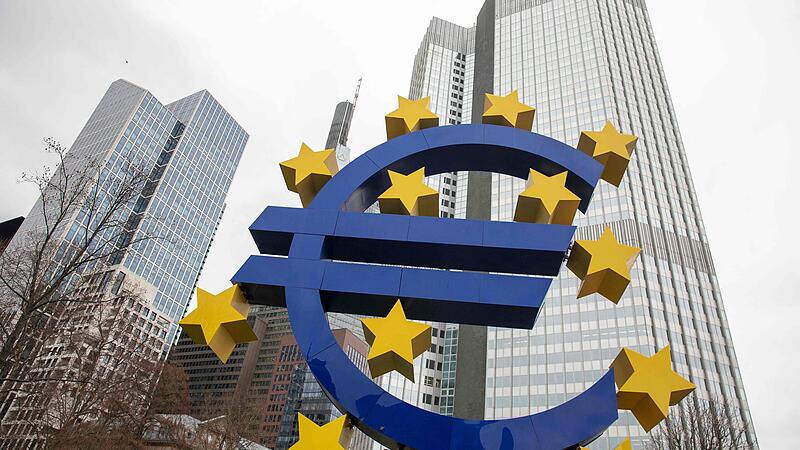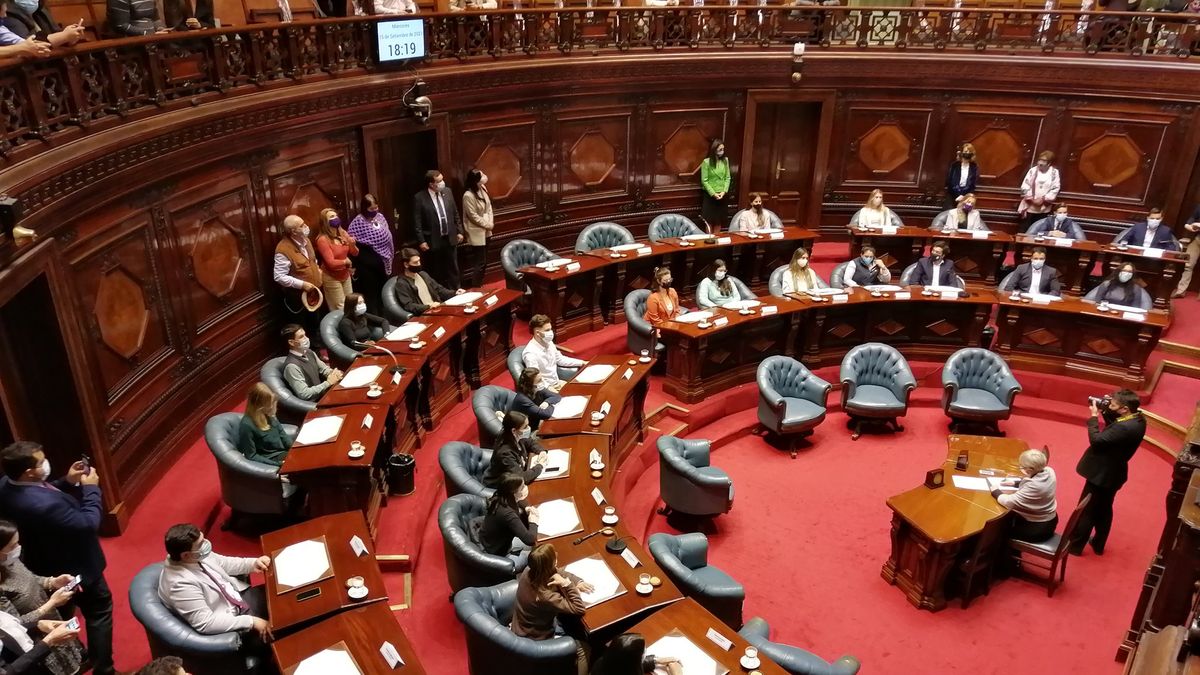Image: ANDRE PAIN (AFP)
Core inflation — a measure that excludes volatile energy, food, alcohol and tobacco prices — remains at exceptionally high levels, Schnabel said Tuesday at a webinar hosted by non-governmental organization Finanzwende.
“And these are measures of inflation that are much more persistent and are therefore particularly important for the development of inflation in the medium term,” emphasized Schnabel. The European Central Bank (ECB) pays particular attention to these figures.
General inflation in the euro zone fell from 9.2 percent in December to 8.5 percent in January as a result of a recent slowdown in energy price increases. This was the third decline in a row. The medium-term ECB target of two percent is still a long way off. In January, core inflation remained at the December level of 5.2 percent. The euro central bank, which had implemented the interest rate turnaround in July, raised interest rates again by 0.50 percentage points on Thursday and at the same time announced a further interest rate hike by 0.50 percentage points in March. What will happen after that is still unclear.
What happens in the medium term?
“My main concern remains that inflation will remain too high in the medium term,” said Schnabel. The ECB has already raised interest rates very significantly. “But of course we also came from a very low level,” she added. And with the very high inflation, real interest rates are still comparatively low. The ECB has already communicated that it has to get into a restrictive range with interest rates, said the economist. Economists understand this to mean an interest rate level that slows down an economy. Schnabel did not say how far the ECB plans to raise rates.
The deposit rate that is decisive on the financial markets and that financial institutions receive from the central bank for parking excess funds is now 2.50 percent. The financial markets are currently assuming that the ECB could raise the rate to a level of 3.25 to 3.50 percent.
more from economy




